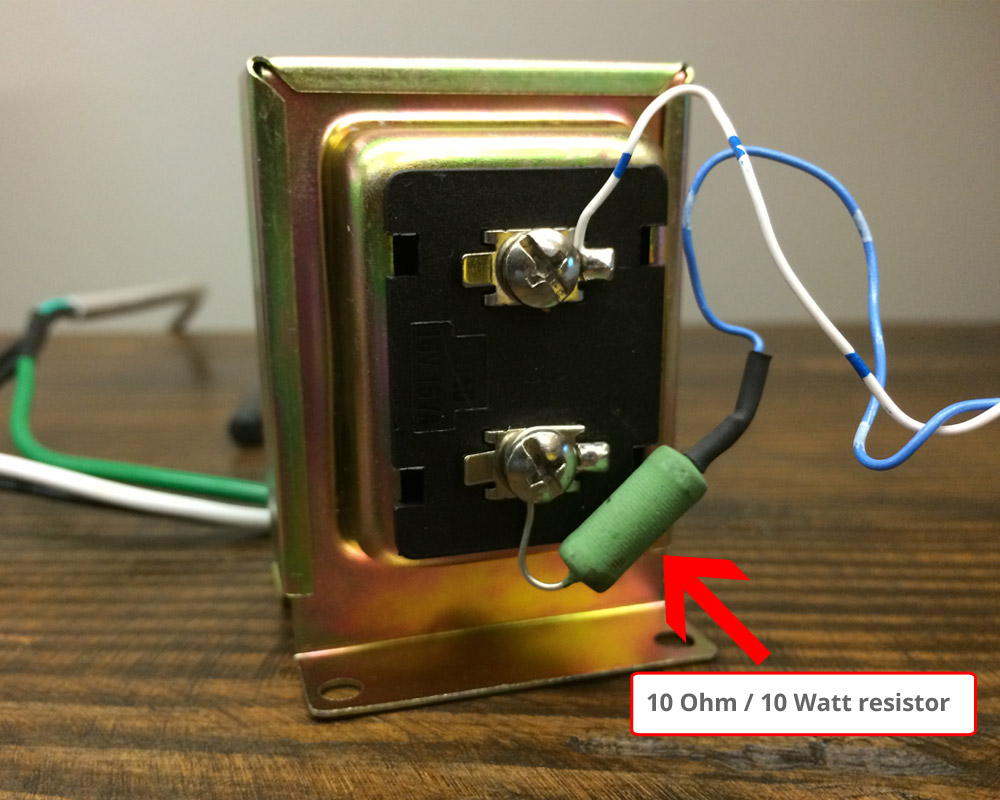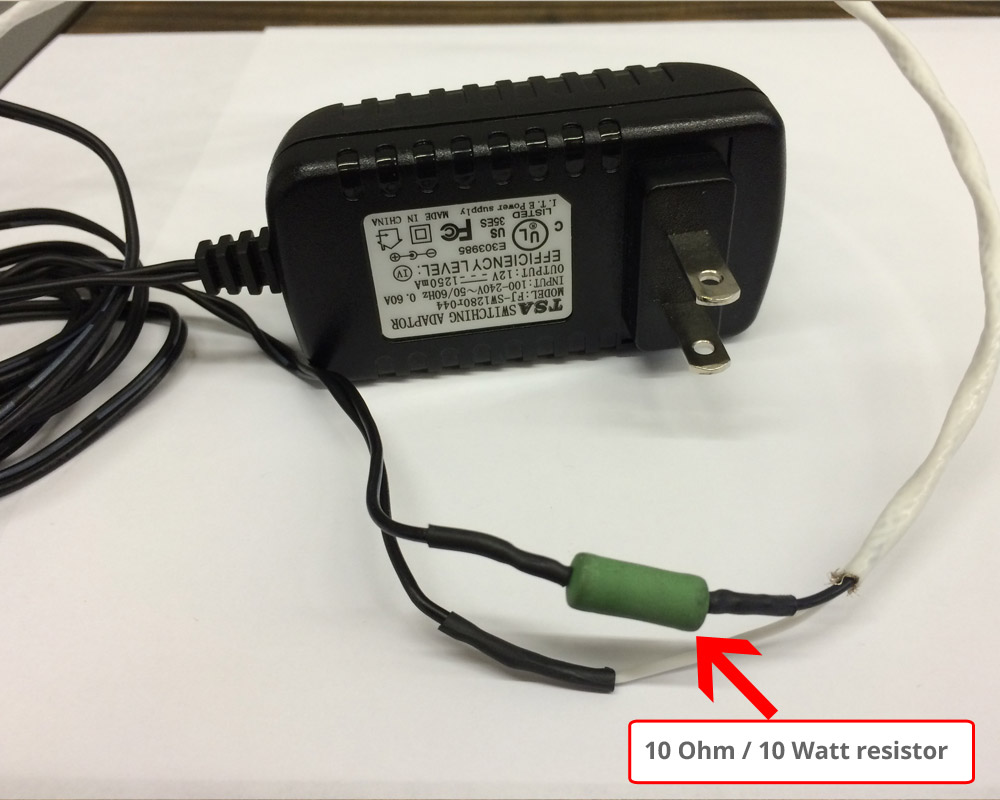Pre-Installation Checklist
Before you begin the installation process, please consider these steps to ensure your home is ready to work with your SkyBell.
- Doorbell Chime Check
- Wi-Fi Connection Speed Test
- Power Check (Transformer)
- Router Check
1) Doorbell Chime Check
SkyBell will work with mechanical doorbell chimes without any changes.
If you have a digital doorbell chime, you’ll need to install the Digital Doorbell Adapter Accessory.
SkyBell will not work with wireless doorbell chimes or existing intercom systems.
Mechanical vs. Digital Doorbell Chime
How can you tell difference? The only way to know for sure is to actually examine the chime itself. An analog doorbell chime has two pistons that strike metallic keys to make the “Ding Dong” sound. A digital doorbell is just a speaker that digitally replicates the sound of a doorbell ring.
2) Wi-Fi Speed Test
SkyBell requires at least 1.5 Mbps of consistent upload speeds and a full-time, fast-speed internet connection.
Please test your Wi-Fi signal strength at your front door. To do this, visit this page and follow the instructions.
If you don’t have sufficient signal strength, you’ll need to move your router closer to SkyBell or purchase a Wi-Fi extender. The Wi-Fi extender we recommend can be found on our 3rd party products page.
*Important side-note: your Speedtest score can be misleading. The test picks up Wi-Fi signal indiscriminately, meaning it could be picking up your neighbors Wi-Fi signal. This could give you a false, inflated bandwidth reading. One way to ensure your SpeedTest results are accurate is to unplug your Wi-Fi router and attempt to run the SpeedTest while standing next to your doorbell. The SpeedTest should not be able to run while your router unplugged. The message, “Locating Closest Server…” should flash over and over again. If this occurs, then you can be fairly certain that your SpeedTest results are accurate when your router is plugged in.
If you have difficulty syncing SkyBell at the start, your video feed does not load even though you receive a push notification, or you experience latency during the video feed, you may need a Wi-Fi range extender or a more modern router, even if your Speedtest score is within the acceptable range.
3) Power Check (Transformer)
Please be sure your transformer is providing the right amount of current to the doorbell. You can do this by using a voltmeter and testing the leads at your front door as well as the terminals on the transistor itself.
SkyBell is designed to work on secondary power from 10-36 VAC (10 VA) and must be installed with a mechanical or digital doorbell to work properly. SkyBell will not work with a wireless doorbell chime.
SkyBell is designed to be connected to one transformer wire and one wire from a mechanical or wired doorbell chime. Please DO NOT attempt to connect SkyBell to a stand-alone power source like a power supply or to both terminals of a transformer. If you are not using a doorbell chime, you MUST use a 10 ohm/10 watt resistor in between one connection of a SkyBell wire to a power wire. You can find a link to buy a resistor on our 3rd party products page.
Power Diagrams
Click link to see all power diagrams.
WARNING: Failure to adhere to the power configuration instructions may cause damage to your SkyBell and will automatically void your warranty.
Resistor Setup Details
If you are not using a doorbell chime, you MUST use a 10 ohm / 10 watt resistor on one connection between SkyBell and the power source. Here is a detailed image of a setup for a low voltage transformer and a 12 VDC power supply. (Click to see a larger image)
4) Router Check
There are two considerations to make for your router setup to make sure SkyBell works properly.
2.4 GHz with a unique SSID
SkyBell requires a 2.4 GHz wireless router connection with its own SSID. SkyBell will not work on a 5 GHz wireless standard at this time. If you have a dual-band router, be sure to segregate your wireless channels and connect SkyBell to the 2.4 GHz channel prior to starting the syncing process.
Enable the Wireless-N (802.11n) Setting within Wi-Fi Settings
SkyBell is compatible with the 802.11b/802.11g and 802.11n IEEE wireless networking standards. However, as the Wireless-N standard has a significantly faster data transfer rate, we recommend this setting for the high-quality HD video data. If your router is set to “B/G” only, we recommend turning on the “BGN” mode.
Note: In rare cases, SkyBell will not complete a sync if your router is set to “B/G” or “BGN”. If your SkyBell is blinking green/blue and does not complete the sync to solid green, try changing router settings to “N-only” mode.
Troubleshooting and Support
If you have confirmed the above and you still cannot sync your SkyBell or you are having issues with the light or receiving a video feed, please
- Do not spend longer than 15 minutes troubleshooting
- Do not delete your SkyBell from your app (if you’ve synced) or attempt to re-sync the device
You can find additional installation, app and troubleshooting resources with the links below:

